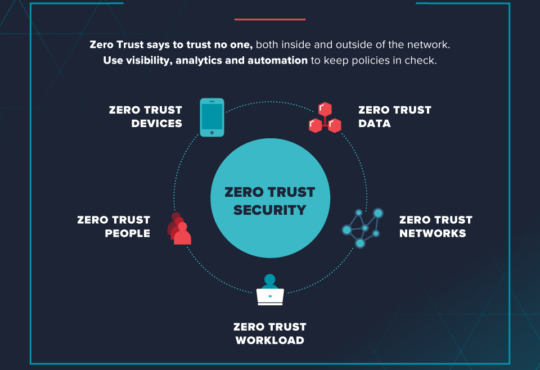
Index Coverage and Errors:
The ever-evolving world of SEO can feel like navigating a complex labyrinth. One of the crucial checkpoints in this journey is understanding index coverage and errors. These aspects hold significant influence over your website’s visibility and organic traffic, making them essential knowledge for anyone striving for online success.
What is Index Coverage?
Simply put, index coverage refers to the number of pages on your website that have been crawled and indexed by search engines like Google. These indexed pages are the ones that can potentially appear in search results, making them the key to driving organic traffic. Imagine them as the neon signs in the SEO labyrinth, guiding potential visitors to your website.
Why is Index Coverage Important?
High index coverage translates to greater visibility in search engines. More indexed pages mean more opportunities to rank for relevant keywords, ultimately leading to increased organic traffic and potential leads or sales. Conversely, low coverage can leave valuable website content hidden in the shadows, significantly hindering your online reach.
Common Index Coverage Issues:
Several factors can affect your index coverage, including:
- Crawl errors: These occur when search engine bots encounter technical issues while trying to access and index your pages. Think of them as broken bridges or dead ends in the labyrinth.
- Duplicate content: Google frowns upon identical content across multiple pages. This can confuse search engines and lead to indexation issues.
- Robots.txt file: This file instructs search engine bots which pages to crawl and index. An incorrectly configured robots.txt file can inadvertently block important pages from being indexed.
- New or unpublished content: Freshly published or unpublished pages might take time to be discovered and indexed by search engines.
Understanding Index Coverage Errors:
Search engines like Google provide valuable tools like Search Console to identify and understand index coverage errors. These tools offer specific details about the issues affecting your website’s pages, allowing you to address them and improve your coverage.
Fixing Index Coverage Errors:
The fix for index coverage errors depends on the specific issue identified. Here are some general tips:
- Resolve crawl errors: Analyze crawl error reports and address any technical issues preventing bots from accessing your pages.
- Eliminate duplicate content: Consolidate or rewrite duplicate content to ensure unique and valuable information for each page.
- Review robots.txt: Ensure your robots.txt file is correctly configured to allow indexing of important pages.
- Submit sitemap.xml: A sitemap acts as a guide for search engines, helping them discover and index your website’s pages efficiently.
Internal Linking – Your Guiding Light:
Strategic internal linking plays a crucial role in boosting your index coverage. By linking relevant pages within your website, you create a interconnected network that signals search engines about the importance and relationships between your content. Think of these links as well-lit pathways within the labyrinth, directing bots and users to valuable pages that might otherwise remain hidden.
Outbound Links – Building Trust and Authority:
Linking to reputable external sources (outbound links) demonstrates your commitment to providing valuable information to your users. Google views this as a sign of trust and authority, potentially influencing your website’s overall ranking and visibility. However, remember to choose relevant and high-quality sources for your outbound links, as linking to irrelevant or unreliable websites can have negative consequences.
Conclusion:
Understanding and optimizing your index coverage and errors is an essential step in your SEO journey. By addressing these factors and strategically utilizing internal and outbound linking, you can illuminate the path for search engines and users alike, paving the way for increased visibility and online success. Remember, the SEO labyrinth is vast, but with the right knowledge and tools, you can navigate it effectively and reach your destination – website dominance!
Key Phrases: index coverage, crawl errors, duplicate content, robots.txt, sitemap.xml, internal linking, outbound links, organic traffic, SEO
Internal Links:
- For more information on crawl errors, check out this helpful guide by Google Search Console: https://moz.com/blog/how-to-fix-crawl-errors-in-google-search-console
- Learn more about optimizing your robots.txt file here: https://support.google.com/webmasters/answer/6062598?hl=en
- Discover the power of a strategic internal linking strategy: https://www.semrush.com/blog/internal-links/
Outbound Links:
- Read more about the significance of outbound links for SEO: https://yoast.com/outbound-links/
- Explore Google’s official Webmaster Guidelines on linking: https://support.google.com/sites/thread/10076459/how-to-make-image-urls-on-my-site-static-so-they-get-processed-by-google-and-other-search-engines?hl=en
By including these valuable resources and optimizing your content with the mentioned key phrases, you can create an informative and SEO-friendly article that will resonate with your readers and propel your website forward in the online labyrinth.


